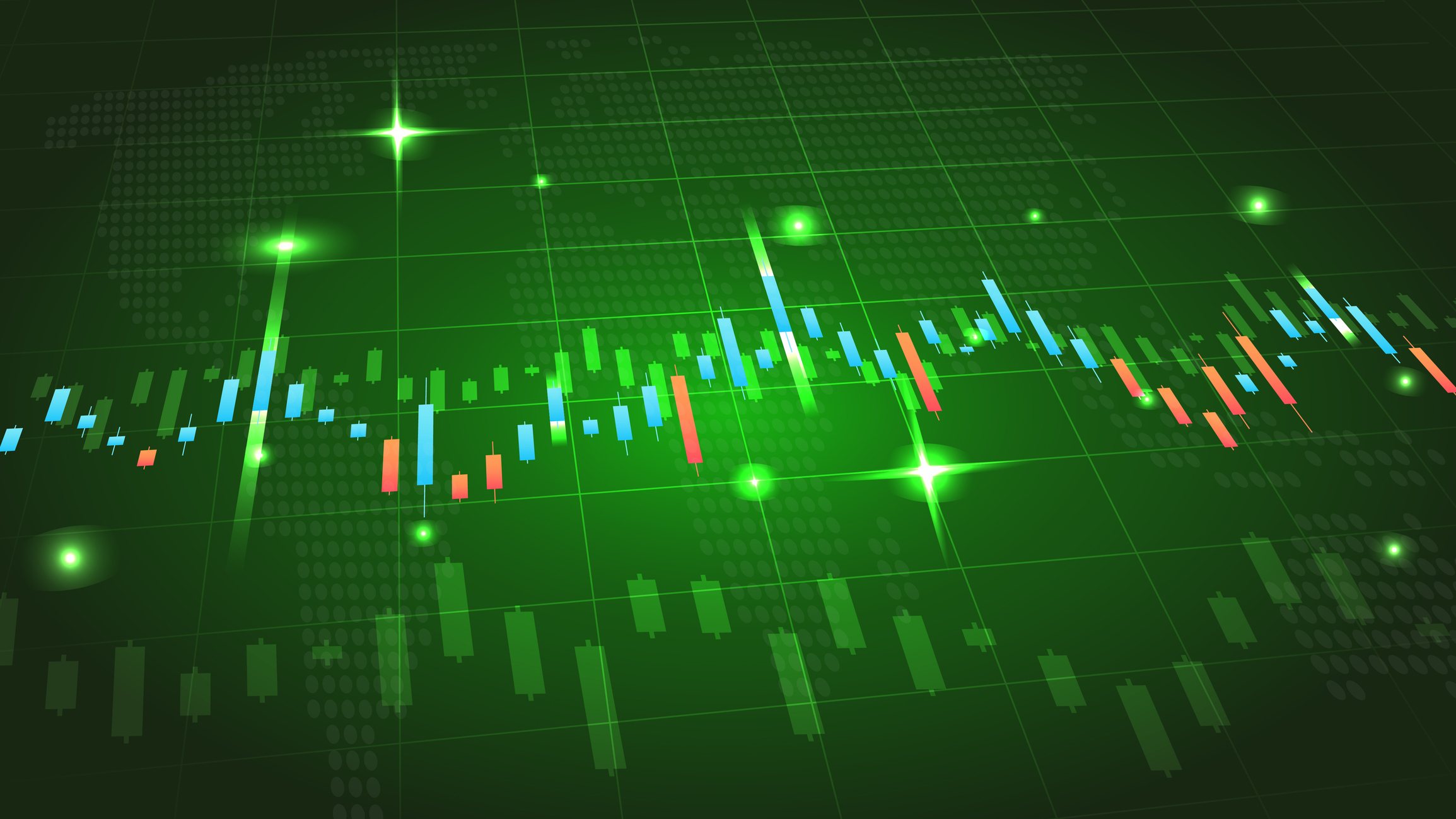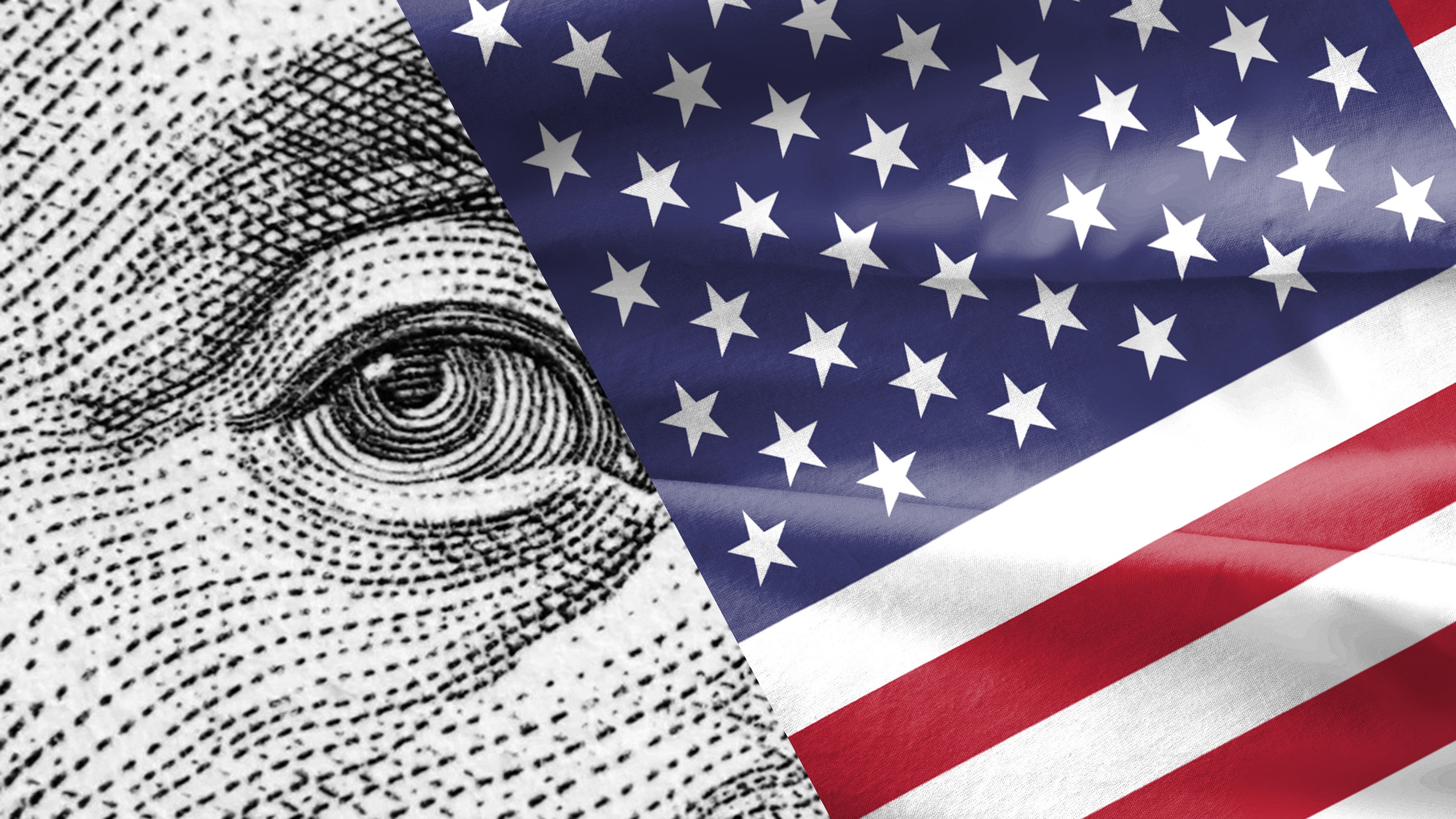Americans' Savings Down, Spending Up
They said you'd changed, embraced a "New Frugality." But it turns out you're back at the mall.

Once again, Americans are saving less and spending more. It seems that last year’s increase in saving was more a brief flirtation with thrift and self-denial prompted by momentary circumstances than a fundamental shift in consumer behavior. While Americans aren’t returning to the go-go times that preceded the Great Recession, the savings rate is slipping again and consumers are ready to fuel the economic recovery with the contents of their wallets. I expect the saving rate to remain around 3% for the next year or so.
On Oct. 9, 2008, arguably the pinnacle of the financial crisis that sent our economy into the abyss, BusinessWeek magazine featured a cover story titled “The New Frugality.” Calling it the “dawning Age of Frugality,” the article quoted a University of Wisconsin economist who asserted that “consumers won't be in a position to spend freely for five years.” BusinessWeek wasn’t alone in that view. Barbara Dafoe Whitehead of the Institute for American Values opined “a turn to savings and wiser spending may persist for a long time,” citing, among other factors, “generational imprinting.”
"Like the young who came of age during the Great Depression," she continues, "today’s young people may be deeply imprinted by the experience of the economic collapse. This formative memory is likely to foster more careful spending and saving in years to come -- as it did for the Depression generation."

Sign up for Kiplinger’s Free E-Newsletters
Profit and prosper with the best of expert advice on investing, taxes, retirement, personal finance and more - straight to your e-mail.
Profit and prosper with the best of expert advice - straight to your e-mail.
For a time, the sober assessment seemed to fit. In 2008 and 2009, consumer spending collapsed and the saving rate climbed. After hitting an all-time low of 1.4% in 2005, the rate averaged 4.2% last year and even briefly exceeded 6% during the month of May. But instead of some fundamental and lasting change in consumer psychology, the heightened thrift is better explained by cyclical forces that are already in retreat.
By far the most important have been huge swings in household wealth. After all, it isn’t saving per se that matters most to people, it’s their total net worth. Whether that comes from saving or the appreciation of assets already owned is of little significance. And during the two-year period from the spring of 2007 to the summer of 2009, the combined effect of falling stock and house prices evaporated an astounding $17.4 trillion -- or 26% -- of household wealth.
In fact, movements in the saving rate closely track those shifting fortunes. The all-time high in household net worth occurred in the second quarter of 2007 and was followed nine months later by a record low saving rate of 1.2% in the first quarter of 2008. Three months after household wealth ended its swan dive, hitting bottom in the first quarter of 2009, the saving rate hit a 12-year high of 5.4%.
More recently, however, these same forces are still at play, though now in reverse. As the free fall in house prices gave way to stabilization over the past year and equity prices skyrocketed, household wealth recouped about one-third of its previous loss. And as it did, the saving rate eased from 5.4% to 3.1% last quarter. Increasingly, it seems clear that the new age of frugality was merely a passing fad.
None of this, mind you, is to say that households shouldn’t be saving more. So long as our government maintains large and chronic fiscal deficits, any shortfall in domestic private saving necessarily requires more borrowing from abroad -- and that’s an unsustainable proposition. Ultimately, there’s a huge risk that foreigners will lose confidence in our ability to repay those debts, forcing Americans to do more of their own saving. But that’s more of a long-run problem that doesn’t seem especially impending at the moment. In the meantime, there’s shopping to be done.
Get Kiplinger Today newsletter — free
Profit and prosper with the best of Kiplinger's advice on investing, taxes, retirement, personal finance and much more. Delivered daily. Enter your email in the box and click Sign Me Up.

-
 Stock Market Today: Great Power Affairs Mesmerize Markets
Stock Market Today: Great Power Affairs Mesmerize MarketsThe U.S. and China are at least talking about talking about tariffs, and investors, traders and speculators are showing a little less fear.
By David Dittman
-
 Is Walmart Plus Worth It?
Is Walmart Plus Worth It?There are tons of exciting Walmart Plus benefits – but are they worth the $98 annual fee?
By Rachael Green
-
 The Economic Impact of the US-China Trade War
The Economic Impact of the US-China Trade WarThe Letter The US-China trade war will impact US consumers and business. The decoupling process could be messy.
By David Payne
-
 AI Heads to Washington
AI Heads to WashingtonThe Kiplinger Letter There’s big opportunity for AI tools that analyze MRIs and other medical images. But also big challenges that clinicians and companies will have to overcome.
By John Miley
-
 The AI Doctor Coming to Read Your Test Results
The AI Doctor Coming to Read Your Test ResultsThe Kiplinger Letter There’s big opportunity for AI tools that analyze CAT scans, MRIs and other medical images. But there are also big challenges that human clinicians and tech companies will have to overcome.
By John Miley
-
 The New Space Age Takes Off
The New Space Age Takes OffThe Kiplinger Letter From fast broadband to SOS texting, space has never been more embedded in peoples’ lives. The future is even more exciting for rockets, satellites and emerging space tech.
By John Miley
-
 Rising AI Demand Stokes Undersea Investments
Rising AI Demand Stokes Undersea InvestmentsThe Kiplinger Letter As demand soars for AI, there’s a need to transport huge amounts of data across oceans. Tech giants have big plans for new submarine cables, including the longest ever.
By John Miley
-
 What DOGE is Doing Now
What DOGE is Doing NowThe Kiplinger Letter As Musk's DOGE pursues its ambitious agenda, uncertainty and legal challenges are mounting — causing frustration for Trump.
By Matthew Housiaux
-
 A Move Away From Free Trade
A Move Away From Free TradeThe Letter President Trump says long-term gain will be worth short-term pain, but the pain could be significant this year.
By David Payne
-
 Trump’s Whirlwind Month of Crypto Moves
Trump’s Whirlwind Month of Crypto MovesThe Kiplinger Letter The Trump administration wants to strengthen U.S. leadership in the cryptocurrency industry by providing regulatory clarity.
By Rodrigo Sermeño